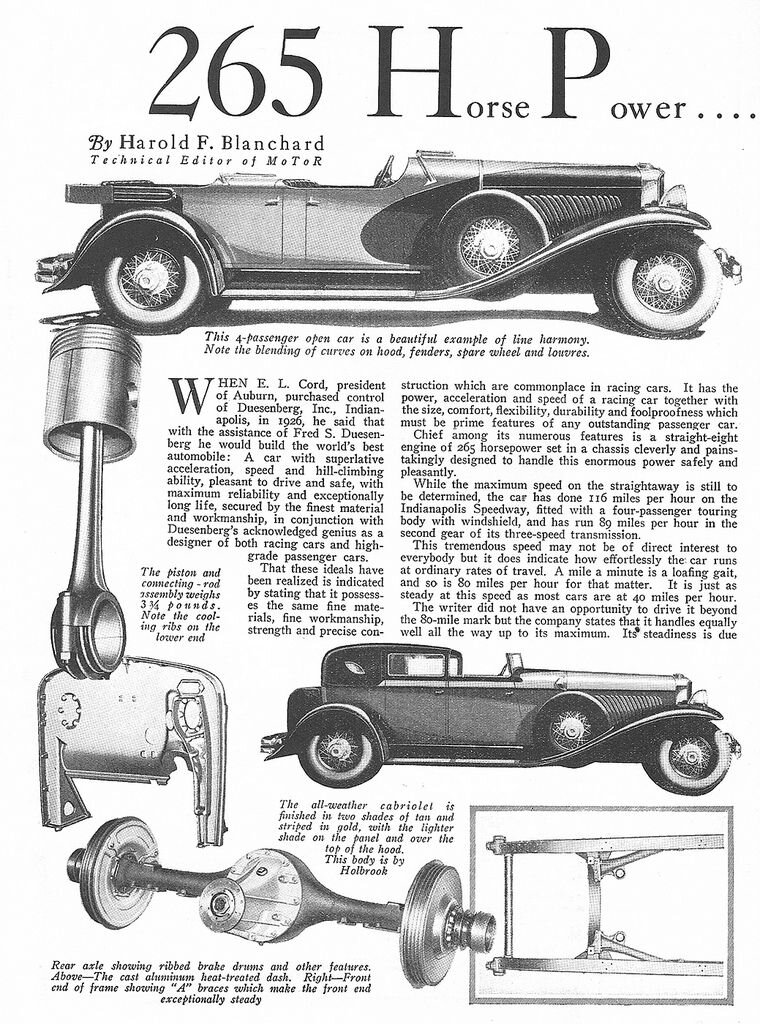FREDERICK and August Duesenberg arrived in the United States from Germany in 1885.
They were ambitious, talented and visionaries. As did many automotive pioneers, they capitalised on the bicycle craze that swept the country in the 1890s by building bicycles and promoting them through racing. By 1900, the brothers began modifying gasoline engines, installing them in their bicycles and launching a line of motorcycles.
In 1901, Fred Duesenberg opened a garage and repair facility for automobiles in Des Moines, Iowa, and then acquired a used Marion car. Through experimentation they redesigned the air-cooled engine making an array of improvements that enhanced performance. Then Fred entered the car in a race at the annual County Fair in Mason City, Iowa, and claimed first place. This was only the opening act. The brothers Duesenberg were about to change the world.
In 1906, Edward R. Mason, a Des Moines attorney, launched the Mason Motor Company with Frederick Duesenberg as the developmental engineer. The engine designed by Duesenberg was an overhead valve twin-cylinder engine with both the bore and stroke being equal at 5 inches that produced 24 horsepower from its 196 cubic inches. It enabled the Mason to quickly earn a reputation as a rugged and powerful automobile as well as a superb hill climbing competitor. As Alanson Brush had done to demonstrate the prowess of the introductory model of the Cadillac, Fred drove the vehicle up the steps leading to the Iowa Capitol building in Des Moines. And then, at the top of the steps, he turned the vehicle around, descended the steps, and repeated the display in reverse.
In 1910 the Mason Motor Company was sold to Fred L. Maytag, but the Duesenberg brothers chose to continue work on the development of high-performance cars for use on the race circuit with financial backing from Edward Mason. In June 1913, Fred and Augie struck out on their own and established the Duesenberg Motor Company in Minnesota for the manufacture of engines for aircraft, automobile, and marine applications.
Undercapitalized, the company struggled until 1916 when a United States government contract was received for the manufacture of marine and aircraft engines. This allowed for relocation of manufacturing to a large, modern facility in New Jersey. The brother’s reputation for the engineering of high-performance engines was growing and shortly afterwards Ettore Bugatti contracted the Duesenberg Motor Company to build a 500 bhp V-16 engine.
In 1919, the brothers sold their interests in the New Jersey manufacturing facility and relocated to Indianapolis to develop a performance luxury car that used the recently developed prototype single overhead cam Duesenberg Eight engine. In early spring 1920 production commenced at the new factory established for the manufacture of racing vehicles and components under the Duesenberg Brothers name, and passenger cars under the Duesenberg Automobiles and Motors name.




















